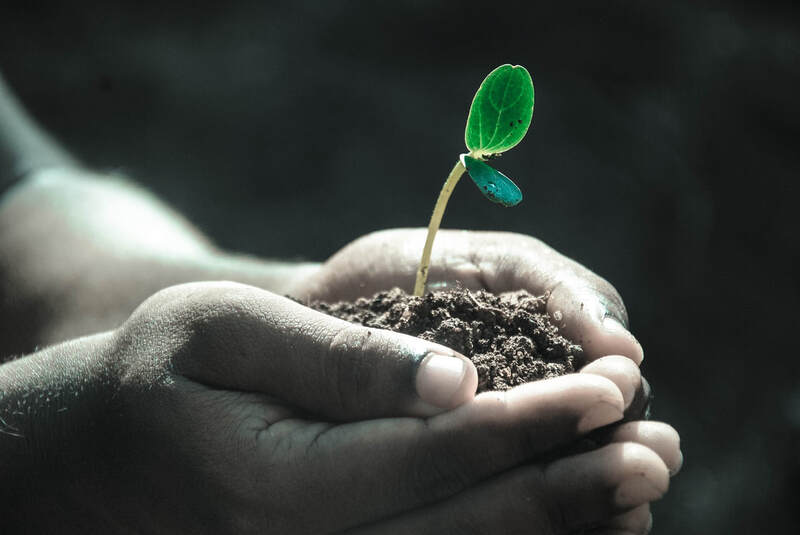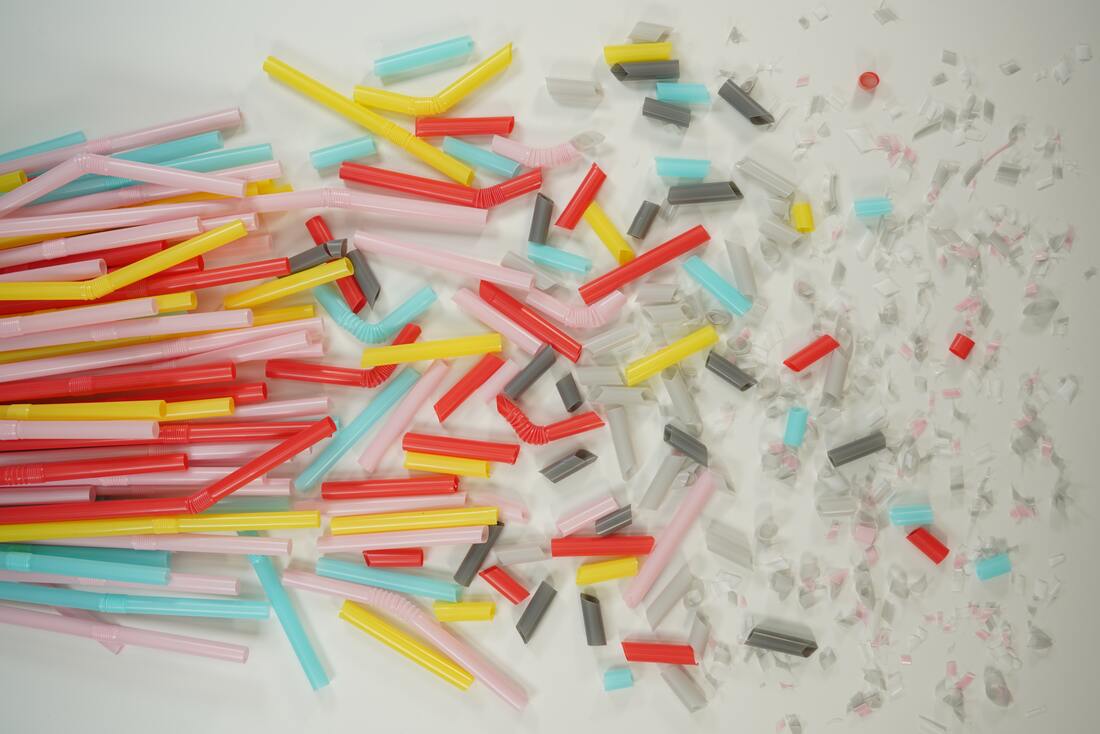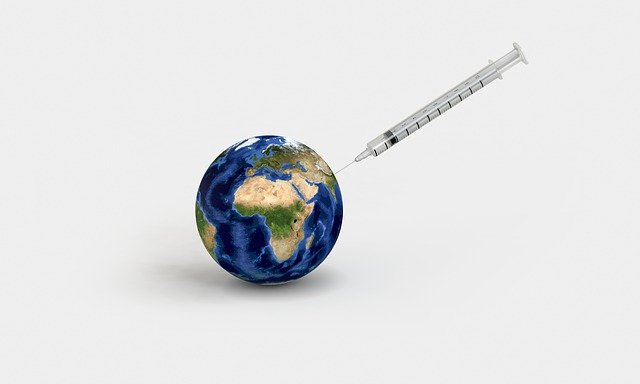It's Not Just Dirt
Soil is one of the most important resources on the planet, yet we walk on it every day without a second thought. The growth of food, the habitats of all life, and even the air we breathe owes its existence to soil. It is a complex system that plays an essential role in our lives, but it is treated as a dumping ground for waste.
Soil provides plants with critical nutrients such as nitrogen, phosphorus, and potassium. We can get many of our nutrients from produce, such as nitrogen and phosphorus in beans and lentils and potassium in bananas. Many meats also have these nutrients, due to the food chain. The soil, therefore, has a ripple effect, meaning that if it is filled with detrimental substances, then we will be affected as well. The nuclear reaction in Chernobyl demonstrates this. The crops grown around Cheronbyl, such as wheat and barley, remained contaminated by radiation for many years after the leak as it cycled through the soil. The people who lived nearby had higher rates of cancer and chronic illnesses, symptoms of radiation poisoning, or being exposed to high levels of radiation.
While nuclear fallout is an extreme example of toxins that can enter our soil, there are other impactful contaminants within soil. Microplastics are currently far more relevant than radiation in most parts of the world. Microplastics are very small particles of plastic, roughly five millimeters across, that originate either from man-made design or from parts of bigger plastic items like water bottles. The amount of microplastics in the world continues to grow as more plastic products are created. In 2020 alone, the world produced 367 million metric tons of plastic.
Soil provides plants with critical nutrients such as nitrogen, phosphorus, and potassium. We can get many of our nutrients from produce, such as nitrogen and phosphorus in beans and lentils and potassium in bananas. Many meats also have these nutrients, due to the food chain. The soil, therefore, has a ripple effect, meaning that if it is filled with detrimental substances, then we will be affected as well. The nuclear reaction in Chernobyl demonstrates this. The crops grown around Cheronbyl, such as wheat and barley, remained contaminated by radiation for many years after the leak as it cycled through the soil. The people who lived nearby had higher rates of cancer and chronic illnesses, symptoms of radiation poisoning, or being exposed to high levels of radiation.
While nuclear fallout is an extreme example of toxins that can enter our soil, there are other impactful contaminants within soil. Microplastics are currently far more relevant than radiation in most parts of the world. Microplastics are very small particles of plastic, roughly five millimeters across, that originate either from man-made design or from parts of bigger plastic items like water bottles. The amount of microplastics in the world continues to grow as more plastic products are created. In 2020 alone, the world produced 367 million metric tons of plastic.
Image Source: Fly:D
Almost one-third of microplastics wind up in soil. Knowing the importance of soil on crops, the effect of microplastics (and macroplastics, which are bigger plastics) on crop growth has been studied in a recent research article. This article is a meta-analysis, meaning it combines the results of many measurements from different studies into one big study, which allows researchers to compare multiple variables, such as types of plants grown and concentration of microplastics used. The goal was to find the relationship between plastics, soil, and crop growth. After sifting through all of the data, the researchers found that soil health and crop growth were negatively affected by increased levels of plastic. Plant survival was also negatively affected, meaning that the more microplastics in the soil, the less likely plants were to survive. The type of plant matters as well; red pepper is more likely to survive in soil with a higher microplastic concentration than corn.
This research impacts us because we consume the plants that grow in these microplastic filled soils. Plastic mulch and biosolids - also referred to as sewage sludge - are large contributors to microplastics in agricultural uses. Plants are directly tied to the soil they grow in, and the study shows that if microplastics continue to be dumped into the soil, the plants that both animals and ourselves eat will be affected negatively. If the microplastics are small enough, they can even travel through the roots of plants and directly get into what we eat.
As of right now, there is not enough research on the impact of microplastics on the human body to know what effects consuming microplastics have. However, as more awareness of plastic’s ubiquity around the world and its impact on soil grows, the pressure to find alternatives to plastic also increases. If we want to be healthy, the soil our food is grown in should be healthy as well.
This research impacts us because we consume the plants that grow in these microplastic filled soils. Plastic mulch and biosolids - also referred to as sewage sludge - are large contributors to microplastics in agricultural uses. Plants are directly tied to the soil they grow in, and the study shows that if microplastics continue to be dumped into the soil, the plants that both animals and ourselves eat will be affected negatively. If the microplastics are small enough, they can even travel through the roots of plants and directly get into what we eat.
As of right now, there is not enough research on the impact of microplastics on the human body to know what effects consuming microplastics have. However, as more awareness of plastic’s ubiquity around the world and its impact on soil grows, the pressure to find alternatives to plastic also increases. If we want to be healthy, the soil our food is grown in should be healthy as well.
Featured Image Source: Pexels
RELATED ARTICLES
|
Vertical Divider
|
Vertical Divider
|
Vertical Divider
|






